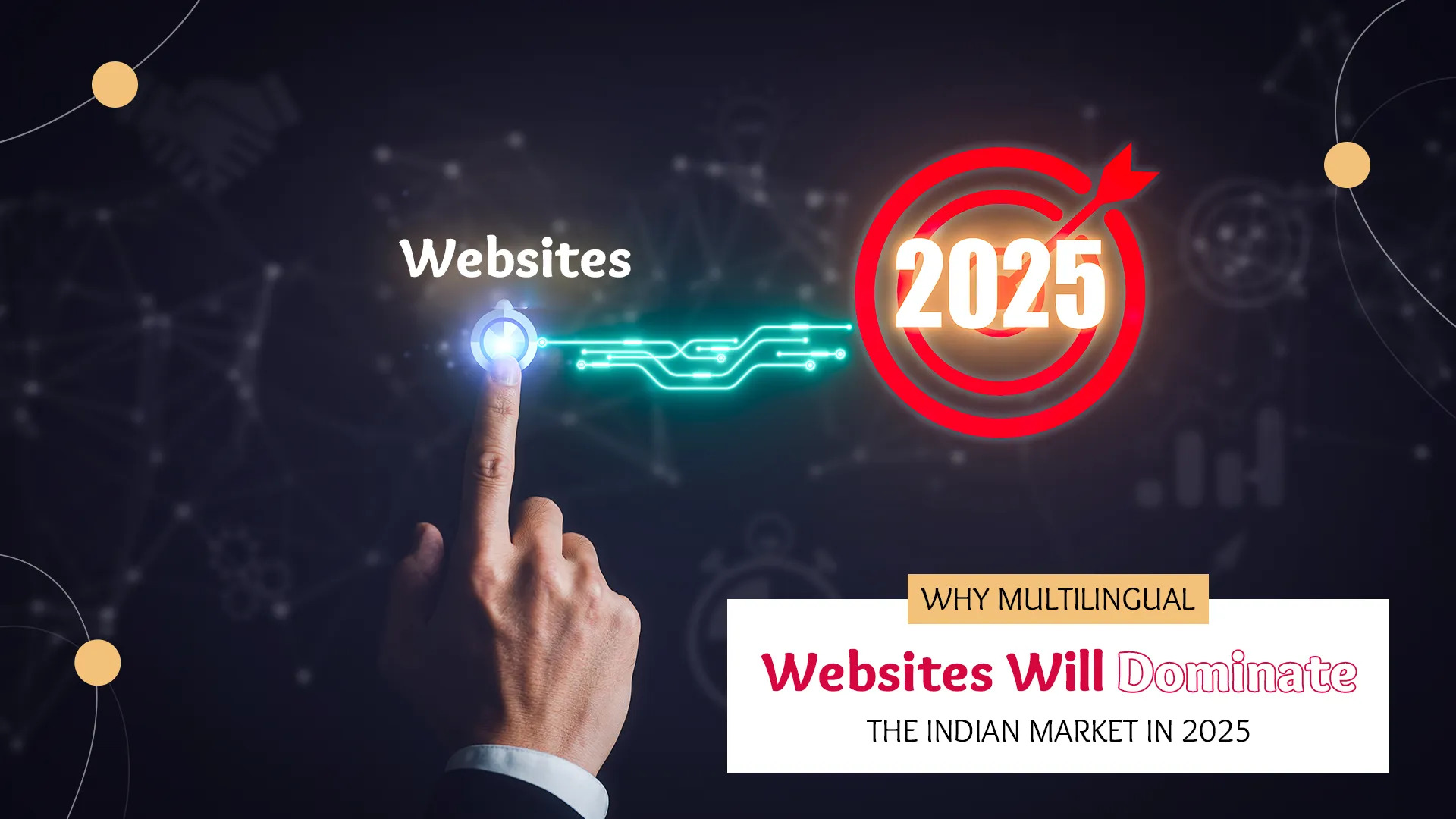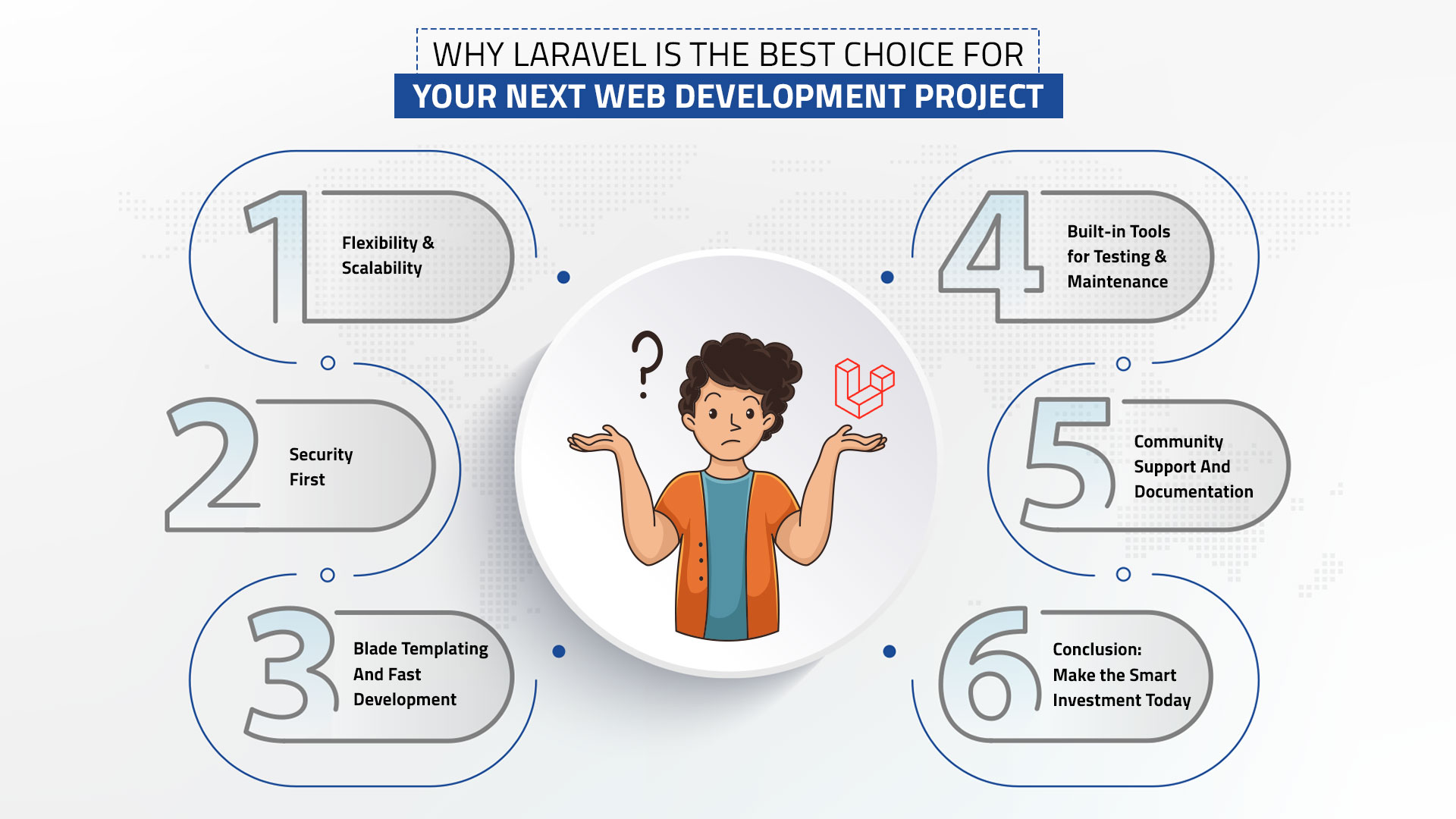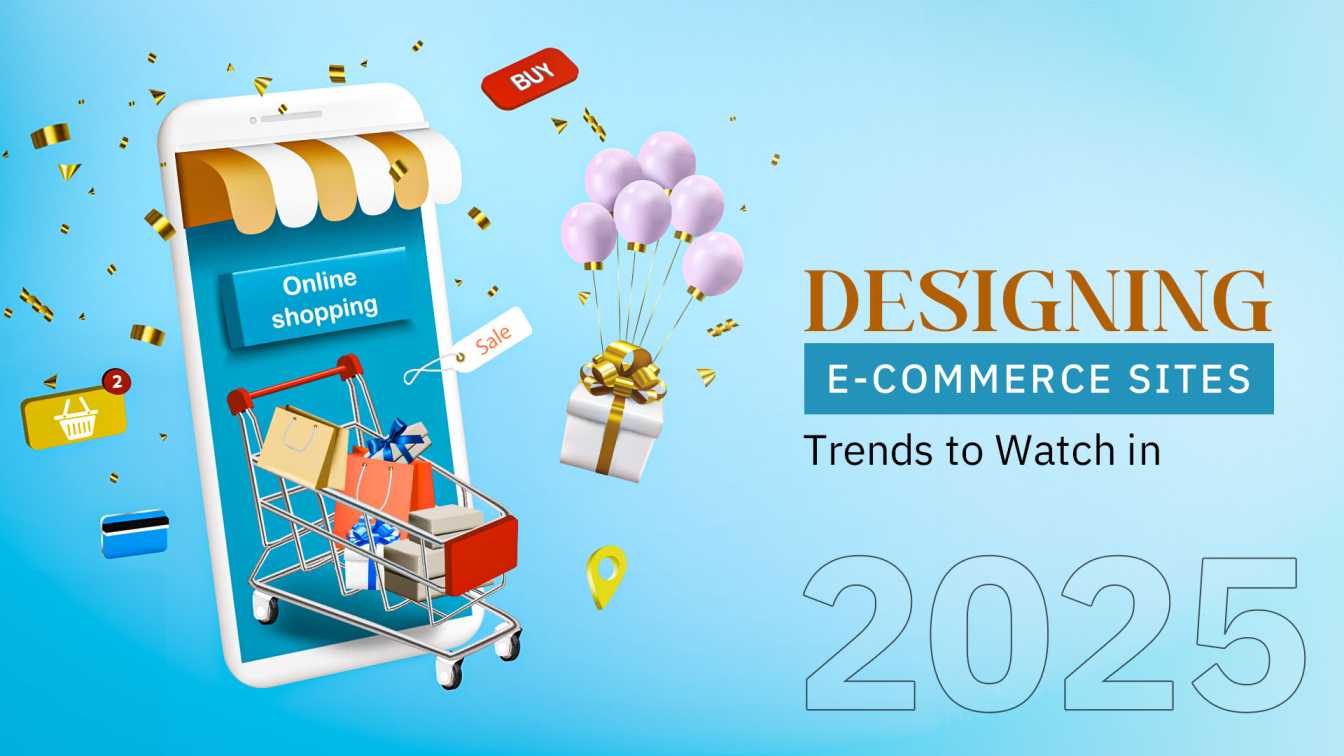Let’s face it, e-commerce is not just for shopping online. It has become an experience, a journey and at times, a thrill. Forward to 2025, when the retail world is changing at breakneck velocity. Gone are the days of basic websites littered with dull grids full of products. Now, it’s about innovation, personalization and getting customers to think, “Wow, that’s cool!” each time they come to your site.
So, whether you’re an entrepreneur, a marketer or simply someone with a dream of seeing their next big e-commerce idea come to life, sit down with your cup of coffee (or tea, no judgment here) and let’s jump into the e-commerce website design trends 2025 that is going to change the game.
E-commerce Website Design Trends in 2025
-
Hyper-Personalization: Everyone loves to feel special
Imagine landing on an e-commerce site and having it feel as though it understands you. It’s displaying things you just hovered over buying, in your favorite colors, even offering accessories you didn’t realize you needed. Spooky? Nah, it’s hyper-personalization.
In 2025, you will have an online shopping experience that is personal, thanks to artificial intelligence and machine learning (think of e-commerce with a virtual personal shopper). With a multitude of choices available to users according to their interests, the future of e-commerce web design is creating an experience in which users feel as if they were VIP customers.
And here’s the kicker: hyper-personalization isn’t only about making customers happy (though that’s wonderful, too) — it can be a huge driver of sales and loyalty as well.
-
AR/VR: The Virtualization of Trying Before Buying
Okay, let’s be honest. Sometimes shopping online is a gamble — isn’t it? “Is that sofa going to actually fit in my living room?” or “Is this jacket even gonna look good on me?” Enter AR and VR.
AR (Augmented Reality) and VR (Virtual Reality) in 2025 will enable a virtual “try before you buy.” Think of trying on clothing, arranging furniture in your house or strolling through a virtual store — all from the comfort of your couch. We mean, if that isn’t one of the most innovative e-commerce design ideas, we don’t know what is.
Brands investing in AR/VR are offering customers more than products: they’re offering experiences — and that’s a big differentiator.
-
Sustainability: Because Shoppers Love the Planet
Consumers increasingly want to shop with brands who care about sustainability. In 2025, it’s not only about what you sell: It’s also about how you design your e-commerce site to embody those values.
Expect clean, minimalist designs (less is more), eco-friendly messaging, and even things like carbon offset calculators for purchases. It’s not merely a trend; it’s what today's (and tomorrow’s) shoppers want.
-
Voice Commerce: Shop with a Whisper
Ever go, “Hey Alexa, get me a fresh pair of running shoes”? Well, you’re not alone. The boom for voice commerce is about to happen, and by 2025, designing for voice will be big.
Websites will add features that allow shoppers to browse hands-free. From searching for products to completing a purchase, voice will enable shopping speedier and more inclusive. Plus, it’s just cool, right?
-
Headless E-Commerce: Where Flexibility Reigns Supreme
Let’s geek out for a second. “Headless e-commerce” sounds complicated, but in fact, it’s pretty straightforward. It’s about disconnecting the front end (the part customers see) from the back end (the engine that powers the site). Why does this matter?
That translates into faster, sleeker, and more customizable websites. For businesses, it's the Swiss Army knife; you adjust and scale your site according to trends. So, whether you're getting in touch with an app development company in India or scrolling through tech stack options, be sure to keep headless e-commerce in mind.
-
Bold Visual Storytelling: Sell a Story, Not a Product
No one is thrilled about a boring website. In 2025, graphics will carry all the water. Think 3D product images, short, catchy videos and dynamic animations.
But looking good isn’t the only consideration even though E-commerce UX/UI trends 2025 will dominate. Visuals should tell the story—and your brand’s story. They need to be evocative and resonate to help customers make an emotional connection to your products. Emotion-driven storytelling is the future of e-commerce web design.
-
Fewer Cart Abandonments
We’ve all been there. You fill up your cart, go to checkout, and then — bam — too many steps, too much effort.
By 2025 fewer and far between will be frictionless checkouts. One-click purchasing, saved payment methods, and even biometrics such as face scans or fingerprints will make purchasing online stupidly simple. Best part: If you want to hire experts to build a seamless experience, you may hire a dedicated developer in India.
-
Mobile-First Everything
Your phone is basically attached to your hand, right? Designing mobile-first is no longer a luxury; it’s a necessity.
If your site doesn’t load quickly, looks good, and works smoothly on a smartphone, you’re going to lose business. That is where collaborating with expert Android app developers can be of tremendous help to you.
Wrapping It Up
2025 is going to be a wild ride for e-commerce. Hyper-Personalized Experiences AR/VR, Gamification, And More Sustainability The trends are only getting more consumer-oriented to have a deeper connection.
And the best part? You don’t need to do it all yourself. So, whether you’re looking to partner with an app development company in India, hire dedicated developers in India, or work with Android app developers, you have the talent available that can actualize these trends.
So, are you ready to build the future of e-com?











